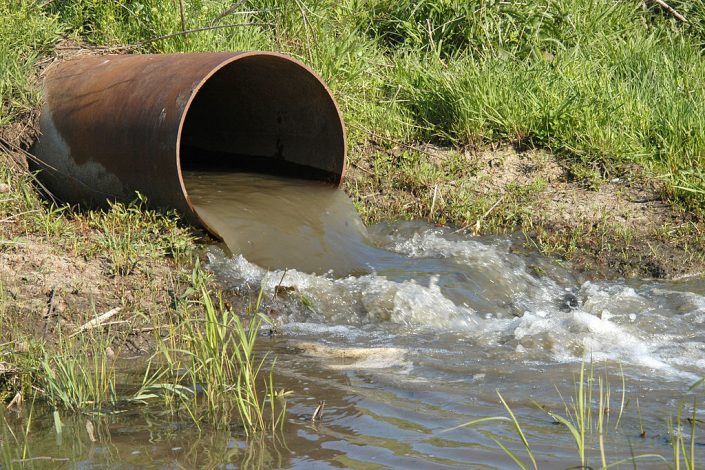Iron-based technology takes toxins from highly complex wastewater

Image: Wikimedia Commons
Yongheng Huang, associate professor in the Department of Biological and Agricultural Engineering, Dwight Look College of Engineering, is working to develop cost-effective water treatment technologies to meet industrial, agricultural and domestic needs.
“We focus on discovering and using iron chemistry to immobilize and secure heavy metals and to remove nutrients and other undesired impurities from various impaired liquid streams,” Huang said. “We use these new understandings to develop innovative water technologies and solutions to help meet our society’s needs in reducing water pollution, protecting our environment and safeguarding public health.”
Huang’s research led to the invention of the Activated Iron Technology that has been exclusively licensed by the Texas A&M University System and Texas A&M AgriLife Research to Evoqua Water Technologies, LLC.
“The new technology has been commercialized as a cornerstone for Evoqua for water and wastewater treatment, including electric power, mining, refinery and other industries as well as for environmental remediation and municipal drinking water applications,” Huang said.
The invention was accomplished after a series of breakthroughs made by Huang in iron chemistry to help sustain iron corrosion reactivity. These breakthroughs have solved the issue related to the formation of passive iron oxide coatings on iron surface that could stop iron corrosion reaction, often referred to as iron passivation, which has troubled scientists and the industry for many years.
“The main chemical used by the Activated Iron Technology is metallic iron powder, which is inexpensive and widely available around the world.” Huang said. “With the solving of the iron passivation issue, the technology could now use the full reactive power of iron for targeted contaminant treatment, thus greatly reducing the usage rate of the chemicals and generating less solid wastes.
The new technology is robust and versatile, capable of removing a broad spectrum of toxic materials from some of the most challenging and complex wastewaters. The materials removed include metals such as selenium, mercury, arsenic, chromium, cadmium, vanadium and lead.
If these metals were left untreated in the wastewater and discharged into the receiving water bodies, they could hurt the health of the environment, disrupting the ecosystem, and in many cases, pose an immediate or long-term threat to human health.
“Through this process, soluble and toxic heavy metals in wastewater are transformed and secured in non-toxic solid forms, mostly being incorporated into the iron rust produced from iron corrosion,” Huang said.

